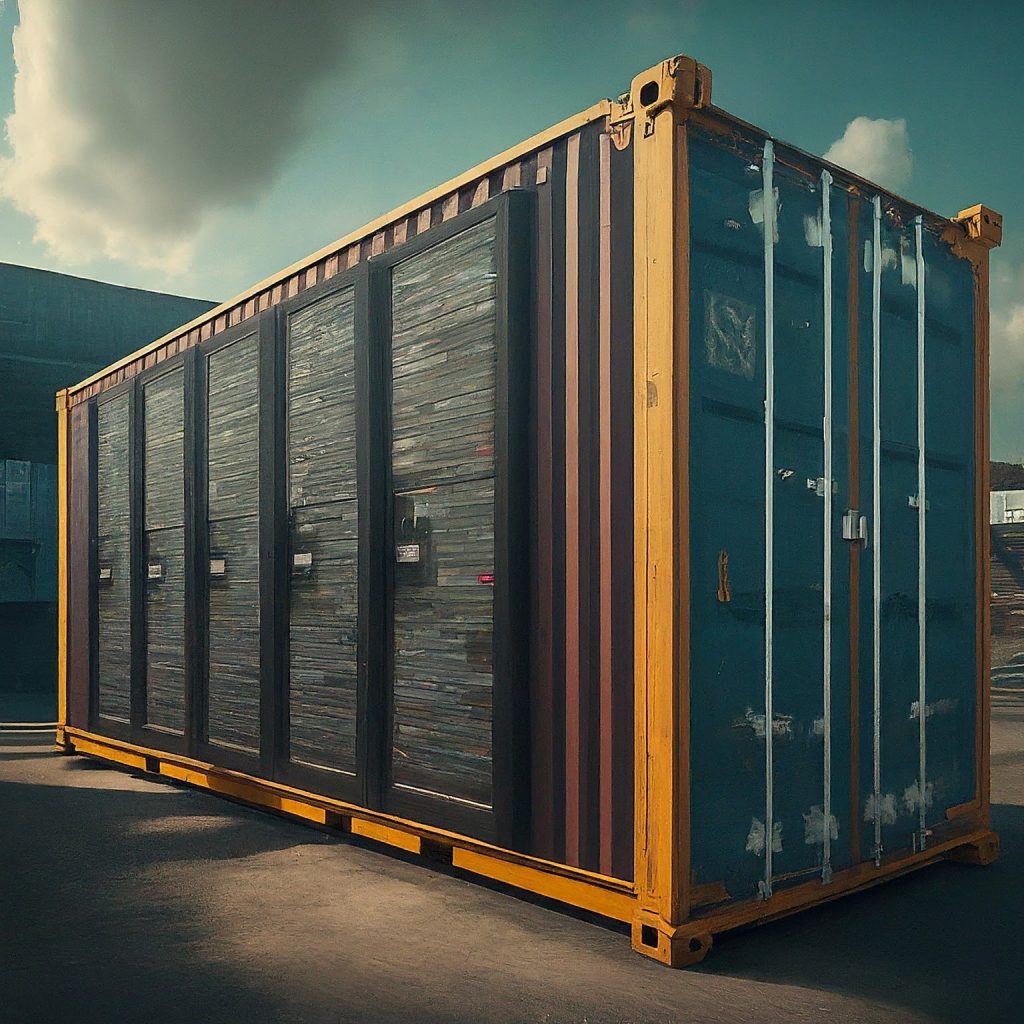
A containerized data center, also known as a modular data center or a portable data center, refers to a method of deploying data center capacity using pre-engineered modules built inside shipping containers. Here’s an overview of what it involves:
- Containerization: Data centers are built within standard shipping containers, typically 20 or 40 feet in length. These containers are highly portable and can be easily transported using standard shipping methods.
- Modularity: The data center components such as servers, storage, networking equipment, and cooling systems are pre-installed and integrated within the container. This modular approach allows for scalability and easier expansion by simply adding more containers.
- Deployment Flexibility: Containerized data centers offer flexibility in deployment locations. They can be deployed indoors within a warehouse or outdoors in any environment suitable for container placement. This flexibility is particularly useful for temporary or mobile data center needs.
- Rapid Deployment: Compared to traditional data centers, which may take months or even years to build, containerized data centers can be deployed much more quickly. They are pre-configured and tested off-site, requiring minimal on-site setup and configuration.
- Efficiency: Containerized data centers can be designed for high energy efficiency. They often incorporate advanced cooling technologies and efficient power distribution systems to optimize energy usage.
- Scalability: Organizations can scale their data center capacity incrementally by adding more containers as their computing needs grow. This modular scalability helps in aligning infrastructure costs with business demands more effectively.
- Disaster Recovery and Remote Locations: These data centers are ideal for disaster recovery purposes, as they can be deployed quickly to remote locations or disaster-stricken areas where conventional infrastructure may be unavailable or damaged.
Overall, containerized data centers provide a flexible, scalable, and efficient solution for organizations looking to quickly expand their IT infrastructure capacity or deploy data centers in unconventional locations.
Here are some key beneficiaries:
- Large Enterprises: Enterprises with substantial IT infrastructure needs can benefit from containerized data centers due to their scalability. They can quickly deploy additional capacity to meet growing demand without the lengthy construction times associated with traditional data centers.
- Cloud Service Providers: Companies offering cloud services can use containerized data centers to rapidly expand their data center footprint in different geographic regions or to provide edge computing capabilities closer to their customers.
- Telecommunications Providers: Telecom companies can deploy containerized data centers to support their network operations and to offer services that require low latency, such as content delivery networks (CDNs) and edge computing.
- Government and Military: Government agencies and military organizations can benefit from containerized data centers for their flexibility in deployment, especially in remote or temporary locations, as well as for disaster recovery and emergency response purposes.
- Emerging Markets and Rural Areas: In regions where traditional data center infrastructure is lacking, containerized data centers can provide a cost-effective solution. They can be quickly deployed to improve connectivity and support economic development.
- Research and Education Institutions: Universities, research labs, and other educational institutions can use containerized data centers to support their scientific research, data analysis, and academic computing needs, especially when temporary or mobile computing capacity is required.
- Enterprise Data Backup and Recovery: Enterprises can use containerized data centers for backup and disaster recovery purposes, ensuring that critical data and applications are protected and accessible in case of a data center outage or disaster.
- Temporary Events and Projects: Containerized data centers are useful for temporary events such as conferences, trade shows, and large-scale projects that require additional computing resources for a limited duration.
In India, the popularity of containerized data centers has been growing steadily due to several factors:
- Rapid Growth in Data Consumption: India has seen a significant increase in internet users and digital services, driving the demand for robust data center infrastructure. Containerized data centers offer a scalable and quick deployment solution to meet this growing demand.
- Scalability and Flexibility: Containerized data centers provide scalability, allowing organizations in India to expand their IT infrastructure as needed without the lengthy construction times of traditional data centers. This flexibility is particularly attractive in a dynamic and fast-growing market.
- Cost Efficiency: Containerized data centers can often be more cost-effective than building traditional brick-and-mortar data centers. This cost efficiency is appealing to businesses and organizations looking to optimize their IT spending.
- Ease of Deployment: India’s diverse geography and varying infrastructure capabilities can make traditional data center deployments challenging. Containerized data centers, with their modular and portable nature, offer easier deployment options, including in remote or underserved areas.
- Support for Digital Initiatives: The Indian government’s focus on digital transformation and initiatives such as Smart Cities, Digital India, and Make in India has spurred demand for advanced IT infrastructure. Containerized data centers can support these initiatives by providing agile computing capabilities.
- Telecom and Cloud Providers: Telecom operators and cloud service providers in India are increasingly adopting containerized data centers to enhance their service offerings, improve latency for end-users, and expand their geographic coverage.
- Disaster Recovery and Resilience: Given India’s vulnerability to natural disasters, containerized data centers are valuable for disaster recovery purposes. They can be deployed quickly to ensure business continuity in the event of an infrastructure failure.
![]()
